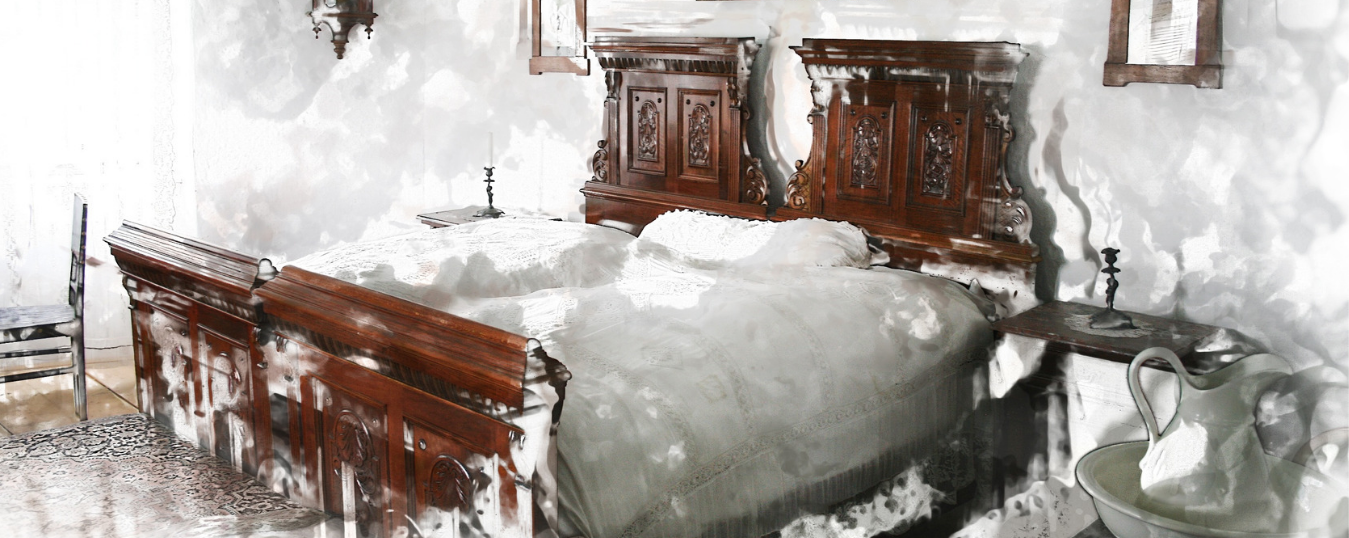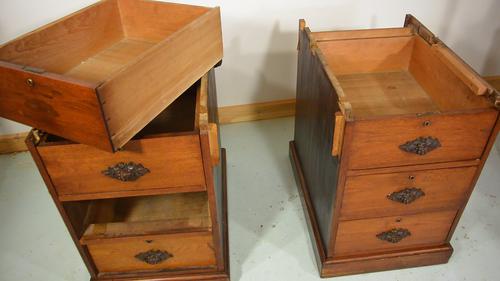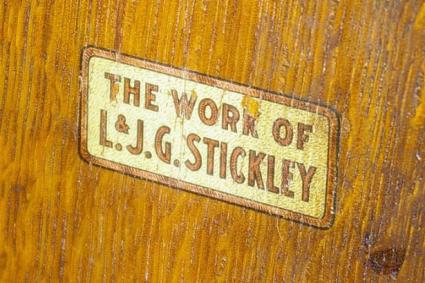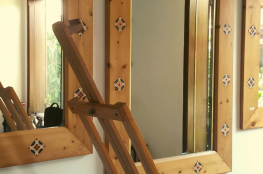Antique furniture is a good way to get good-quality furniture for less. It adds a touch of personality to your house while being cool and classy. Even if the piece was mass-produced at a time, by the time it’s antique it becomes rare. And the biggest plus point is it’s environmentally friendly.

Buying antique is way different than buying your usual second-hand furniture because you’re looking for furniture that is specific to an era. The furniture only qualifies as vintage when it’s 30-40 years old. Anything above 100 years qualifies as antique.
Here are 6 tips for buying antique furniture:
Look closely to see how the piece was made
If say the piece of furniture you’re going for has drawers, then you need to pull them out and check for dovetails, and on the inside of the drawer front where it meets with the sides, there should be larger cut marks. Those are kerfmarks, these indicate where the cabinet maker was cutting out the dovetails in the drawer face to be attached with the drawer sides. It’s sort of the leftover marks that the saw created. You want to see those. They are tell-tale signs of hand craftsmanship.
The earlier the piece—and the further away from a city center it was produced—the larger the dovetails will be. During the 17th and 18th centuries, from about the William and Mary to Queen Anne furniture periods, they were sort of slapping things together, and they didn’t have time to make small dovetails. Away from the city centers, you got craftspeople who weren’t trained in the typical fashion of coming up through a heavy apprenticeship in a cabinet maker’s workshop.
The top early cabinet makers, by contrast, would show off their skill by making the necks of the dovetail much thinner. Later in periods, you’ll find dovetails become more refined and then, eventually, you see them getting phased out.
If you don’t see dovetails, then the piece is probably held together with nails and glue, which is a sign the piece was made in a factory closer to the 20th century.
Check out the hardware
You cannot miss out on the hardware while checking for dovetails. When you pull a drawer out and look at the back of the handle, you should expect to see a threaded post and a nut securing that brass to the drawer front. If you don’t see that nut and just see what looks to be the top of a slotted or flathead screw going towards the face of the drawer, then that is an indication that the hardware is newer. It’s also a good indication that the piece is not as old as well.
Search Your Dresser
The tell-tale of antique furniture is a mark, signature or stamp. Usually, the early craftsmen placed these marks on the bottom, the back or inside a drawer. Of course, the location and style of the mark vary depending on whether your antique furniture piece was designed and built by an independent craftsman or someone who worked for a furniture company. You need to be searching for either a handmade ink signature, a carved or engraved mark or a custom manufacturing stamp.
Gather Documentation
Now you may need to play Sherlock, but with thorough detective work concerning the mark, signature or stamp on your antique furniture will require a physical examination of the mark along with proper research and perhaps also the opinion of an appraiser or antique dealer.
You need to collect information regarding the signature that would be helpful to an expert. Click some clear digital photos of your dresser and the signature. Try narrowing it down to a date of when you believe the piece may have been crafted, makes notes about the mark, especially if it’s not clear or legible. For example, is it stamped in ink, a paper label, a metal plate or a carving?
Consult Ethical Resources
There are some legit websites such as Antique Marks and Kovels that you can use to identify marks or signatures you found on your antique furniture. You can also refer to books such as “A Dictionary of Marks: Metalwork, Furniture, Ceramics: The Identification Handbook for Antique Collectors” by Margaret Macdonald-Taylor that might help you find out more about the signature on your piece
Also, websites such as Collector’s Weekly and Your Antique Furniture Guide offer helpful periodic updates.
Consider an Expert
If you wish to be sure about your furniture get it officially appraised by an appraiser. He can examine the signature and hand you a written current value for your antique furniture, which is also helpful for insurance purposes. If you do decide to consult an appraiser, you can usually find an expert by calling or visiting local antique shops for referrals.
We hope these tips will help you buy antique furniture. If you’re in the market for some amazing fusion yet classy furniture head over to our gallery at Velha Goa to discover some of the most unique products and décor for your lovely homes.





